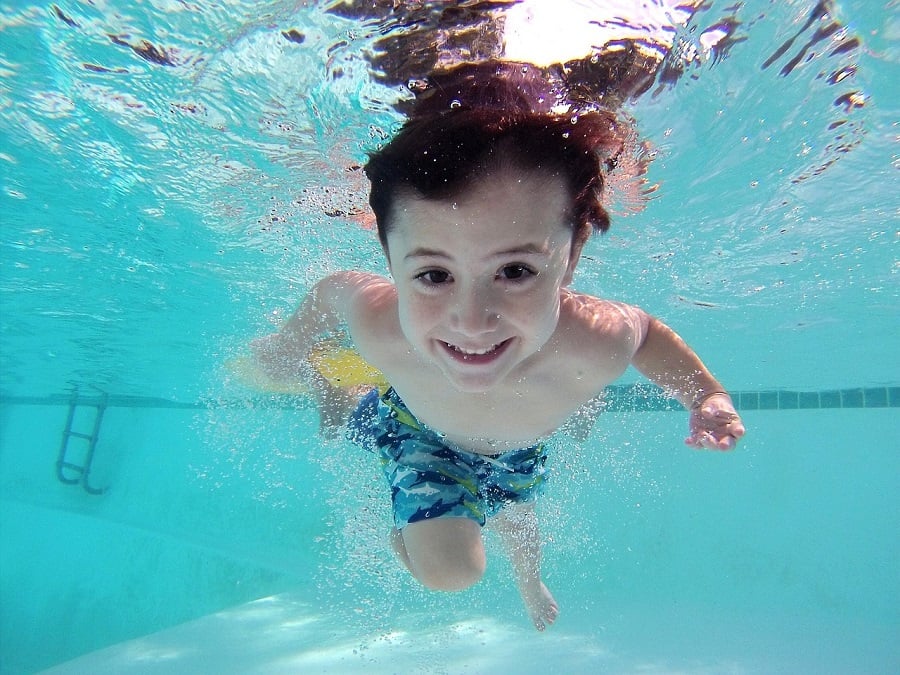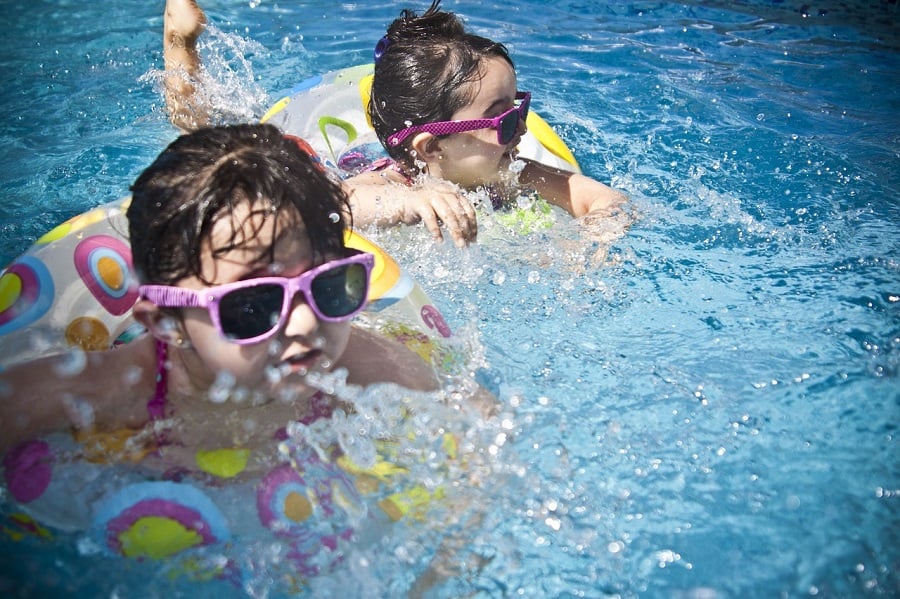When you think of summer, you think of sun-kissed days at the park and fun afternoons by the pool. Swimming pools become massively popular as the weather warms up, and it is almost forgivable to jump into any pool without a care in the world.
Sadly, beneath the beautiful blue water lurks several dangers that can dampen your spirits or even potentially end your life. What’s even more worrisome is the fact that only a few of these dangers are widely known and talked about. For example, everyone knows that diving in shallow water is dangerous. They also know that they should be careful when walking on wet decks. However, very few people understand that swimming pool drains are another potential source of danger because they do not get as much attention.
What dangers do pool drains pose?
Pool drains work because they have a lot of suction behind them. They pull the water down, allowing the pool to be filtered, and in the process, cleans the pool.
However, this suction is the main reason why pool drains are potentially dangerous. If you swim too close to them, your hair, jewelry, fingers, or any other body part can get sucked in. The average suction pressure of pool drains can be as high as 700 pounds, making it impossible to remove you once this happens.
This is called suction entrapment, and it can be fatal. From 1999 to 2008, there have been 83 incidents of suction entrapment in the US, resulting in 69 serious injuries and 11 deaths, with most of the victims being young children.
Pool drains often have pool grates on top of them. However, in many cases, the holes on these grates are too large, or they are not installed properly, and accidents still happen.
What can you do to prevent swimming pool drain suction?

In 2002, the death of a child led to the establishment of the Virginia Graeme Baker (VGBA) Pool and Spa Safety Act. Since then, all public swimming pools needed to include back-up anti-entrapment systems to prevent the risk of suction.
Other regulations include the presence of anti-entrapment covers and pool grates on suction outlets and the ability to disable or reverse the suction flow for public pools. Operators of public pools are also required to inspect their drains daily and ensure that they are in good condition.
One of the things that make pool drains a cause for concern is the fact that they can be installed in many different ways. Some of these methods are more dangerous than others, which is why you need to have a good idea of how your pool’s plumbing system is.
There are several methods you can use to prevent pool drain dangers, including:
- Installing dual main drain suction points. These have been proven to be superior to single point suction drains. Suction occurs when the drain is completely covered, creating a vacuum effect within the drain itself. This generates a lot of force, strong enough to pull a swimmer towards it. With a dual main drain system, you have to cover both main drains to generate enough force to create an entrapment hazard. Although this significantly lowers the risk of such a situation taking place, it can still happen if two swimmers choose to block both main drains.
- Installing VGBA compliant pool grates and drain covers. These covers have no accessible spots where swimmers can get their fingers or toes stuck, making them a lot safer than conventional covers. They also have curved lids that make it difficult to block the entire flow of water, which means it’s harder to form a vacuum when you have them installed.
- Upgrade your pump to an SVRS (Safety Vacuum Release System) model. These pumps are designed to shut themselves off immediately if entrapment occurs. They’ll detect any sudden increase in flow restriction and automatically turn themselves off.
Ensuring pool drain safety for kids

70% of pool suction entrapment victims are children. This goes to show just how important it is to be careful when you have children in and around the pool.
If you have a pool in your home, there are several things you can do to make your pool as safe as possible for kids. Apart from ensuring that your drain is compliant and meets VGBA requirements and that you have an SVRS filtration system in place wherever possible, here are a few more things that you should consider:
- Do not let them wear their hair down in the water. If your child has long hair, make sure it is tied up in a bin before they get into the water.
- Teach your kids to practice pool drain safety. Make them understand how important it is to stay away from drains. You should also show them how to use the pump’s on/off switch in case of an emergency.
- Limit access to the pool area when there is no adult around. Whenever children are using your pool, you assume lifeguard duty, and you need to be present at all times, no matter how experienced they may be.
- You can also create safety measures in the pool area, such as a safety net or a pool fence, to ensure that no children can access the area when you are not around.
What sort of pool drainage system should you use?
There are two main plumbing configurations for swimming pools: active and passive plumbing.
Of these two, an active suction system is more dangerous. It has a single main drain that is connected by a single pipe to the pool pump. An analysis of past suction entrapment cases revealed that active suction systems are the ones that are most likely to result in entrapment.
Passive plumbing configurations, on the other hand, are a lot safer. In this system, the main drain is used as a non-pressurized equalizer connected to the pool skimmer. There is zero suction from the pump because the skimmer is open to the air, so there is no closed loop. Compare that to the active plumbing where there is a closed loop from the pump to the main drain.
To find out whether you have an active system or a passive one, you need to determine whether the pump sucks directly from the main drain or if the pump only draws from your pool skimmer.
Can you do away with the pool drain altogether?
The short answer is no. Most pools must have a main drain in order to function as they should. The only exception is vinyl liner pools that have the option of either having a pool drain or going without one. All the rest must have a main drain.
You need a main drain in your pool because that’s where the hydrostatic relief valve will be installed. It is also the best way to achieve proper filtration and circulation of pool water.
Final Thoughts
At the end of the day, while pool drains can be dangerous, many of them aren’t. When they are installed in the right way, they can prevent any potential risks that come with suction. However, no pool drain is 100% safe. Even when you have all the safety measures in place, you still need to be very careful every time you hit the water, especially if there are children involved.










